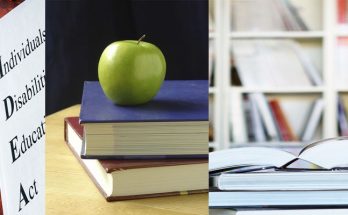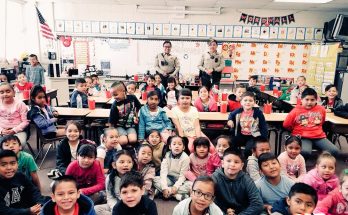 The Bilingual Department provides support and guidance for young children with a language other than English. Much less than 5% of public schools supply bilingual and multilingual programs, even though there are now 1.4 million English learners statewide — about 80% of whom speak only Spanish. She has not too long ago completed a little study hunting at a group of 100 fourth-graders in Massachusetts who had comparable reading scores on a common test, but extremely distinct language experiences.
The Bilingual Department provides support and guidance for young children with a language other than English. Much less than 5% of public schools supply bilingual and multilingual programs, even though there are now 1.4 million English learners statewide — about 80% of whom speak only Spanish. She has not too long ago completed a little study hunting at a group of 100 fourth-graders in Massachusetts who had comparable reading scores on a common test, but extremely distinct language experiences.
It came after a measure that sought to prohibit immigrants who were in the U.S. illegally from access to public positive aspects and before one more that outlawed affirmative action programs. Keep the rights of language-minority Americans clearly in focus as states and communities move forward with educational reforms.
Ricardo Lara (D-Bell Gardens), overhauls most of the 1998 edict, preserving the portion of the statute mandating that all students become proficient in English, no matter what system they pick. In addition to speaking Spanish and English, students at Academia Semillas del Pueblo charter school in El Sereno take classes in Nahuatl.
About 10 percent of students in the Portland, Ore., public schools are assigned by lottery to dual-language classrooms that offer you instruction in Spanish, Japanese or Mandarin, alongside English. But such initiatives will only thrive in communities exactly where parents and teachers request them and remain active in their development at the local level, bilingual educators and experts stated.
Once more and once more, researchers have found, “bilingualism is an expertise that shapes our brain for a lifetime,” in the words of Gigi Luk, an associate professor at Harvard’s Graduate College of Education. This phenomenon should apply to kids who speak English as their very first language as well.
These issues helped rally help for California billionaire Ron Unz’s Proposition 227, which passed in 1998 and required all young children to be taught in English, unless parents requested otherwise via a waiver method. To many educators, the move is a symbolic reversal of what they say was a discriminatory policy that required Latino immigrant young children to speak and find out only in English and failed to prepare all students for a worldwide economy.
Some had been foreign-language dominant and others were English natives. Standard programs for English-language learners, or ELLs, focus on assimilating students into English as rapidly as feasible. Simply because of this, the onus will fall on neighborhood communities to push for new applications, teachers and education leaders stated, and some could face challenges, as schools across the state continue to grapple with teacher and funding shortages.
Only 693 teachers were certified in bilingual education final year, down 45% from 1,268 in between 2009 and 2010, according to the Commission on Teacher Credentialing. Folks who speak two languages usually outperform monolinguals on basic measures of executive function.




